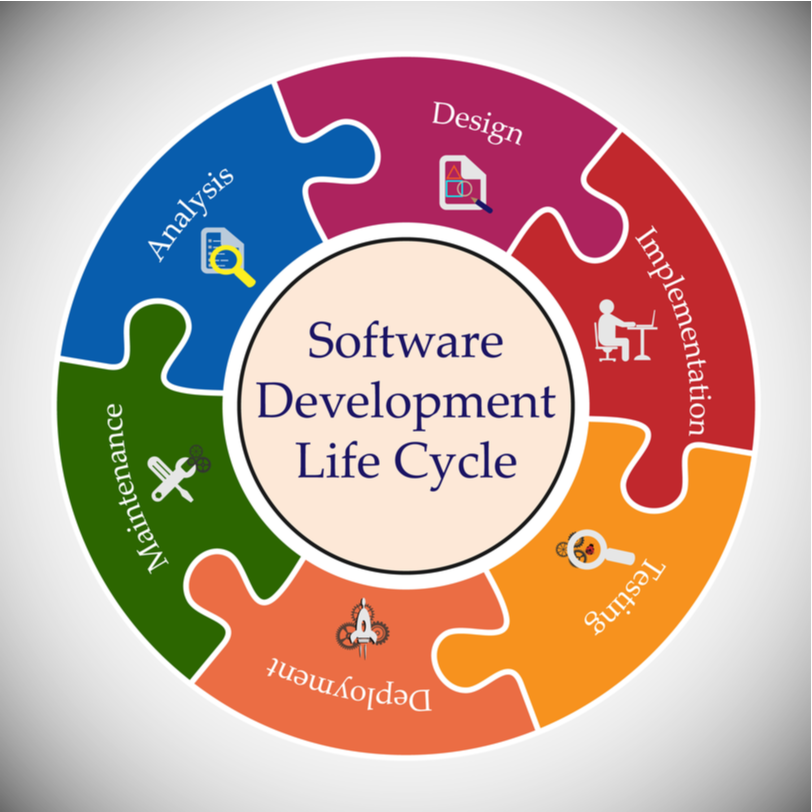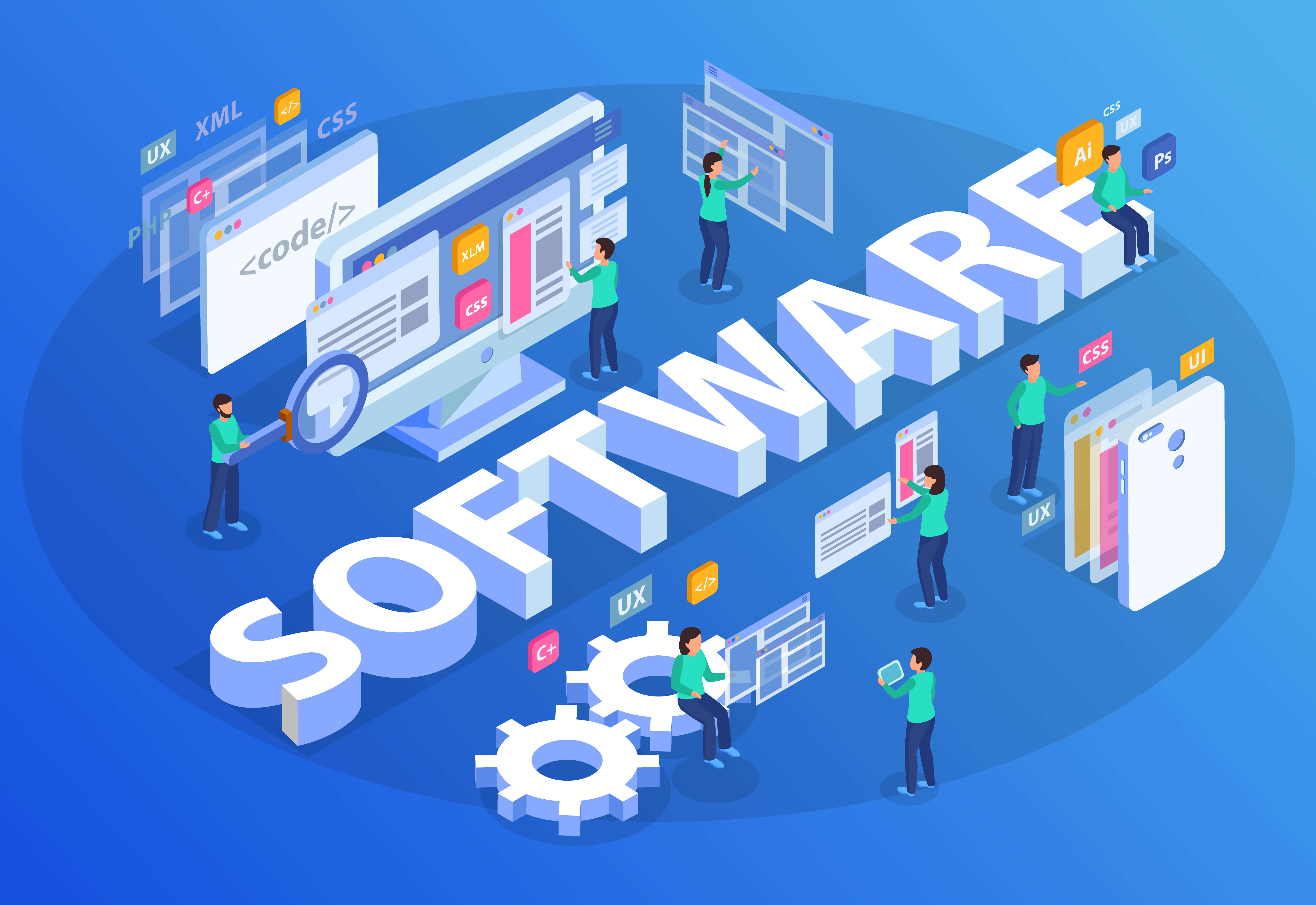
Software has become a part of our lives. No matter how hard we try we simply can not get rid of them, be it a mobile application or a website – they are infused into our daily activities. Nowadays software product development is offering companies the opportunity to automate their day-to-day manual operations which otherwise takes time and unnecessary effort.
But it is crucial to choose the right software for optimal performance leading to growth. There’s nothing that software can not do – payroll processing, inventory management, accounting, streamlining workflows, you name it. Also, the impact of software development on business productivity is twofold.
Recommended: HOW TO IMPROVE THE MOBILE APP UX?
They are basically our assistants who make administrative work easier for us so that we can focus on things that matter the most. But if you are to enhance your business efficiency and effectiveness, following software product development best practices is of utmost importance, and also you need a strategy in place to get it going.
A strategy makes it easier for cross-functional teams to collaborate and work together. Because managing, developing, and executing projects is not a one-man show, you need experts from different departments to make it work, therefore, a proactive strategy makes sure that everyone is on the same page – no loopholes.
Feedback is important for success. You need to have a seamless feedback mechanism to move forward. The reason why – software product development strategy encourages feedback.
It leads to high efficiency throughout the development process. Since strategy outlines everything from resource allocation to timeline and budget – when you have everything planned out and documented, you can save yourself from falling behind or exceeding the budget.
Product development strategy helps you minimize the unanticipated risks and ensures smooth delivery.
This leads to higher levels of performance which enables companies to maximize their ROI.
Last but not the least, a clear strategy can help reduce the costs by simplifying development processes.

This is the very first step and the most important one towards the software product development life cycle – because nothing will work without efficient brainstorming, ideation, and planning. Everything starts with a vision and a great idea.
You might like this: THE BEGINNERS GUIDE TO AGILE SOFTWARE DEVELOPMENT IN 2022
You have a project, now all you have to do is sit together with your team and arrange a nice brainstorming session, where everyone has the freedom to share their viewpoints, perspectives, and creative ideas. You need to reflect upon:
In short, this planning stage helps you determine the scope of the project, your business objectives.
‘Teamwork is the ability to work together toward a common vision. The ability to direct individual accomplishments toward organizational objectives. It is the fuel that allows common people to attain uncommon results.’ – Fahad Ali, CEO ARFASOFTECH
Now that you have planned out your project, time to develop a feasibility report – to know whether your idea will work or not. A feasibility check enables companies to thoroughly study the technical and business aspects of the project and related outcomes.
Also, just planning is not enough, you need to gather all the requirements for your team to start working on the project without missing out on anything such as resource allocation, budget, deadline against each milestone, return on investment, and hierarchy.
Moreover, it prevents you from having unrealistic expectations. This not only helps you with risk assessment but also enables you to have a transition strategy in place in case things go wrong.
Therefore, sharing structured requirements and feasibility reports enhances understanding of all the major key stakeholders as well as ensures a smooth profession from start to finish.
Recommended: GETTING SMART WITH NEARSHORE SOFTWARE DEVELOPMENT OUTSOURCING
Once requirements are clear, documentation is completed, technical and business aspects are reviewed, tasks are assigned to relevant individuals – it’s finally time to proceed with the design and development process.
Technologies and tools (design and development) on which the application is to be built are decided during this stage. Designers start designing the visual interfaces, and wireframes for prototyping.
After the design is approved, they are responsible for handing over the design modules to the development team. But a designer’s work doesn’t end here. They are involved throughout the development phase as well to fix and change designs as needed.
After the design, the development phase is one of the most important phases because, during this stage, developers are to transform designs into actual functional products based on the company’s expectations.
You want your final product to be error-free? Then, test it regularly – before, during, and after the development has been completed. It includes:
Here, quality assurance experts make use of multiple testing tools to automate the process. After QA testers have identified the bugs, they will develop a report, forward the report to the development team for improvements. Once the final testing is done, and a stable product is delivered, then and only then can you move to the next stage.
Recommended: 5 TOP REASONS TO INVEST IN A CUSTOM SOFTWARE COMPANY
In this step, you finally implement your product for the final launch, and by that I mean – deployment on the servers in order to make it available to your customers. The software product is deployed in various iterations meaning step by step and not altogether, based on the complexity level.
You think your work is over after the deployment stage but in reality, it isn’t. The software product needs regular updates and maintenance to function properly. Trends change, technologies change, tools change – therefore to stay in line with the changing business landscape, you should have a scalable and flexible product. Regular updates ensure that.
Moreover, during this stage, you upgrade and modify the product according to the actual needs of customers, add and remove functionalities to make it user-worthy.

There are a number of project management methodologies available that software product development companies have been using for eons – but not all project management techniques work for everyone. Let’s look at the most common and popular PM technique you can use for your project next time:
The agile project management technique is one of the most popular, modern, and most used among product software development teams as opposed to traditional PM approaches.
It makes the software development project flexible and efficient. Almost 94% of companies were practicing the agile PM approach back in 2016 ever since it has become a standard and universally known methodology for managing projects.
The Manifesto for Agile Software Development clearly defines the four core values of this approach:
User stories: It defines how any specific feature works to the client or an internal team, and how it benefits the customer.
Sprints: They are short iterations, spanning over 1 to 3 weeks. In sprints, teams usually work the tasks decided in the sprint planning meeting.
Stand-up meetings: They are daily scrum meetings which take place almost every day to make sure that everyone is on the same page.
Kanban board: Project management tools like Trello to ensure the smooth progression of the entire project. The kanban board is divided into three major columns: To-do, doing, and done – to keep track of the status.
Backlogs: The backlog has all the outstanding tasks. After one sprint has been concluded, more tasks from the backlog are added to another sprint. The cycle keeps repeating until there are no tasks left in the backlog.
Read: HOW SOFTWARE DEVELOPMENT CONSULTANCY CAN HELP YOUR BUSINESS?
Scrum master – As the name suggests, the scrum master is responsible for the team such as the team lead. He allocates the tasks and makes sure the team stays on track and facilitates the team in addressing development challenges.
Product owner – He is responsible for managing the team backlog.
Team members – They execute the sprints allocated to them by the scrum master. Teams usually have three to five members and more in some cases; every member of the team has its own strength and expertise.
Major Stakeholders – Their role is informational meaning scrum master and product owner regularly update them about the status of the project, discuss requirements, receive feedback, and ask them to review and approve work.
Project planning – This step defines the scope of the project.
Roadmap creation – This stage includes the development of features that make up the final product. During this phase, the team also develops the backlog and the list of features along with the deliverables.
Release planning – Includes a comprehensive feature release plan.
Sprint review – Meeting at the end of each sprint to show the major stakeholders the final product. A retrospective meeting also takes place to reflect on what could have been better.
Read more about: WHAT IS AGILE METHODOLOGY IN SOFTWARE DEVELOPMENT?
Comments (0)